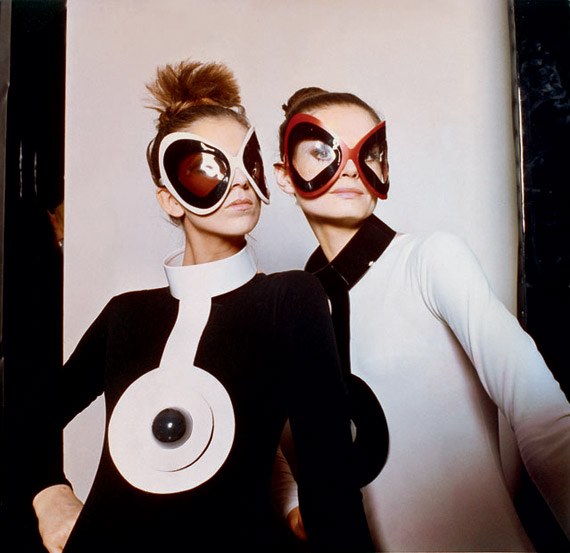What do the first human heart transplant, the construction of the Berlin Wall and the Beatles’ first album all have in common? Cat got your tongue? The answer is: the 1960s! Liberation and progress, scientific breakthrough and Space Race. Let’s turn the clock back to dive into a decade that changed everything and can be remembered as the golden age of fashion.
Up until the fifties, fashion was reserved to the wealth of upper classes; it was restricted to those who could afford Dior’s New Look. However, the sixties spirit encouraged the youth to stand up against the standards that had dictated societies for centuries. Fashion designers, who were inspired by the shift of society and understood this generation’s desire to deliberately mock traditions, created clothes that were unlike anything that had been done before.

At this time, the Iron Curtain divided the world in two as the Americans and Soviets competed to spread their superiority. The world held its breath: Would capitalism win over communism? Which nation would reach the moon first? However, despite Armstrong’s unforgettable first steps on the moon, America was not the most significant winner of the space race: science was. The scientific developments that occurred at this time impacted everything developed later in the decade, including clothes. As the idea of space travel emerged, designers created intergalactic styles and conquered the heart of thousands of customers.
André Courrèges is one of the designers who captured the major technological breakthroughs and turned them into fashion trends. Known as an ultra-modernist with a passion for geometrical shapes and the colour white, Courrèges embodied his era. His creations exploited the potential of man-made materials, modern plastics and synthetic fibres such as vinyl, nylon and PVC. Moreover, he participated in the exploration spirit by using avant-garde materials in an unconventional way and creating space related lines such as the Moon Girl Collection. In 1961, Courrèges founded the eponymous fashion house, which is still experiencing great momentum today.

Paco Rabanne, another emblematic designer of the decade, was inspired by both space and social rebellion. In the sixties, many insurgent movements advocated women’s emancipation and sexual freedom. Rabanne took part in this liberation by developing symbolic garments made out of chain mail and metal such as mini dresses that were constructed of square, rectangular and round aluminium plates joined by metal rings. These garments resembled armours; according to Rabanne, it was time for women to pick up the sword and fight.

The sixties were also swinging thanks to Mary Quant, the British designer who launched a fashion revolution around the world. Through mini skirts, jersey dresses and ankle boots, Quant challenged stereotypes and participated in the growing activism by creating convenient clothes for active women. Mary Quant was part of the younger generation of designers who rebelled against the heritage of French haute couture. She liberated fashion, democratized it, and created stylish clothes available to the younger generation: Quant changed who consumed fashion and where they consumed it.

The unique and bold soul of the sixties perpetuated through time. The most striking revelation is how up-to-date many of these designs appear and how (as one of Alexa Chung’s recent Instagram caption wittily suggested!) vintage often feels futuristic.
Anouk Sarfati

